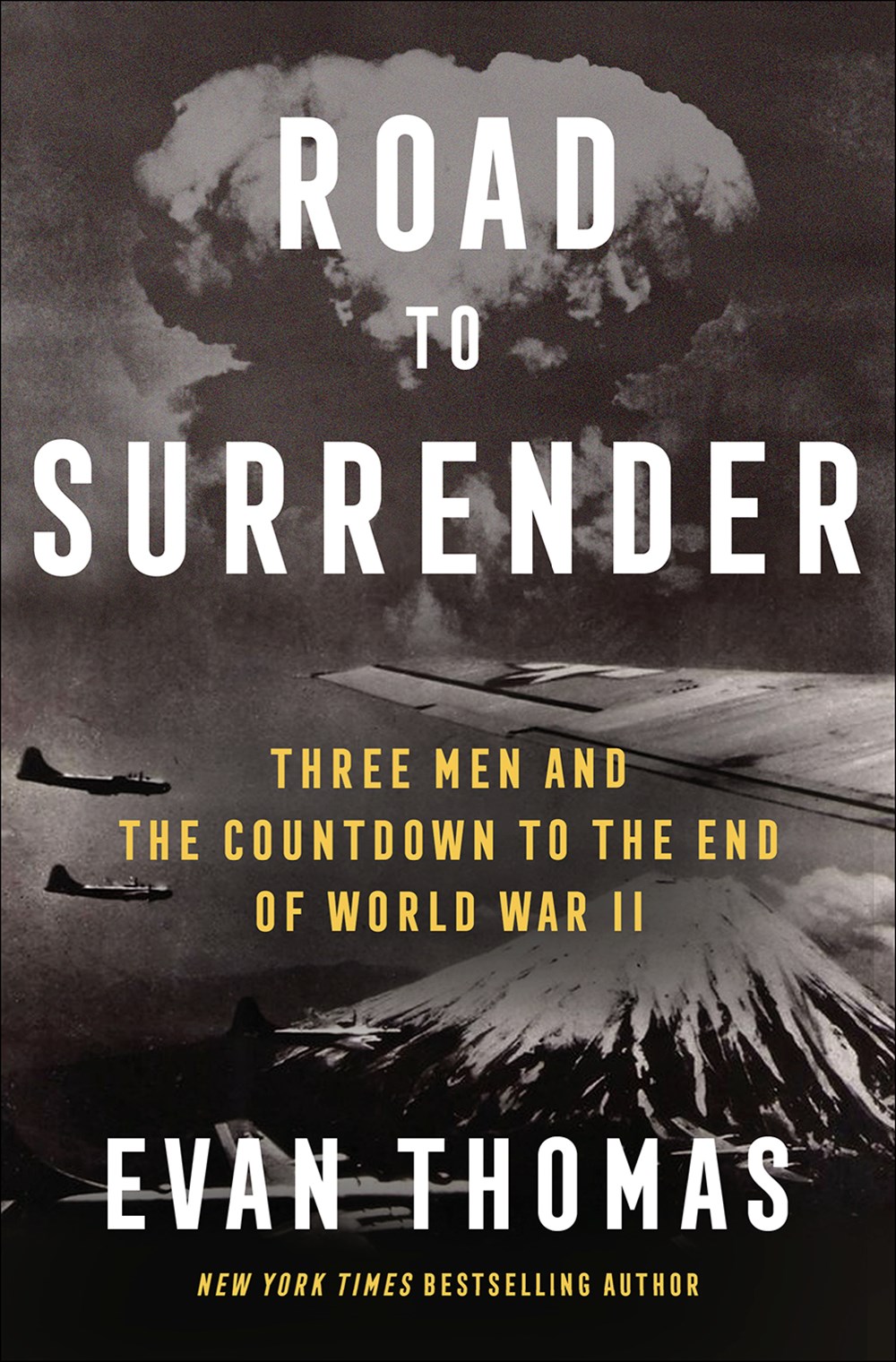Dissent has played a defining role in the history of the United States. The Declaration of Independence and the Constitution established guides to governance, but it is often dissent, sometimes over many years of struggle, that has brought the principles of those writings into concrete fruition. Temple University historian Ralph Young gives us a meticulously researched and beautifully written overview of the many kinds of dissent in American Patriots: A Short History of Dissent.
Following a meaty exploration of early examples—such as the development of the colonial era’s principles of freedom of the press and the separation of church and state, and Henry David Thoreau’s “Resistance to Civil Government”—Young focuses on the last 100 years or so. During that time, new technologies increasingly enabled dissenters to advance their causes more efficiently and to more people. Women’s rights, civil rights, workers’ rights, antiwar movements and more are highlighted in some detail.
Young discusses the difference between genuine dissent and synthetic dissent. Of the January 6 insurrection, when supporters of Donald Trump invaded the U.S. Capitol claiming that the presidential election had been stolen, he writes, “Dissenters have legitimate grievances against the dominant power structure. True dissent is based upon expressing truth and exposing injustice.” The members of the mob, he posits, were “pawns of a charismatic demagogue who were short-circuited by conspiracy theories and disinformation.” True dissenters want to bring reform from within the system—not to crush it, as terrorists and revolutionaries do, Young argues. True dissent is a deeply patriotic effort to get the country to live up to its highest ideals. In the book’s conclusion, Young quotes Dwight D. Eisenhower: “We must never confuse honest dissent with disloyal subversion.”
Dissent can be complex, whether the category is political, economic, religious, social or cultural, or an overlapping of causes. World War II is a good example of the last. As Young writes, “Although most Americans supported the ‘Good War,’ many thousands protested against the war, against the draft, and against infringements on civil liberties and civil rights.”
Martin Luther King Jr. said that “the great glory of American democracy is the right to protest for right.” This wide-ranging and enlightening book illustrates the crucial truth of that statement.


















